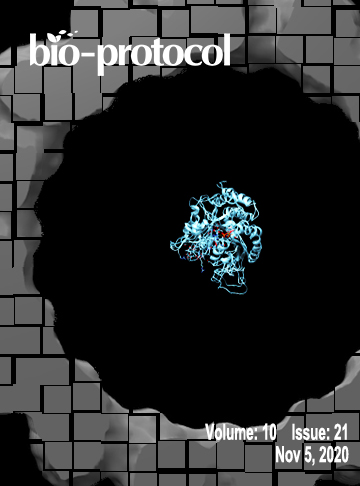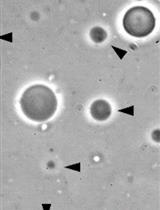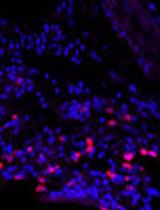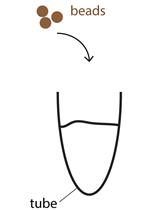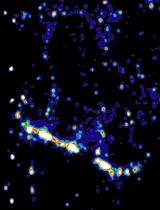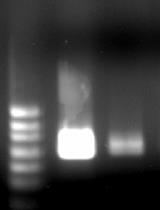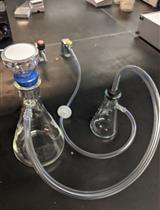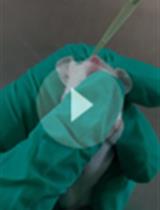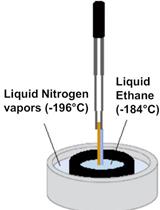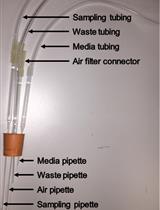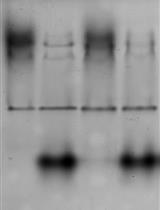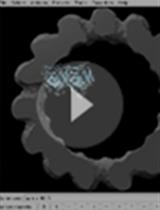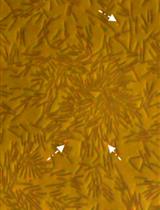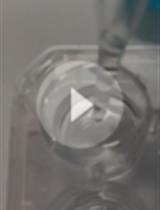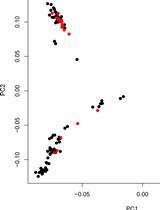往期刊物2020
卷册: 10, 期号: 21
生物化学
Generation of Giant Unilamellar Vesicles (GUVs) Using Polyacrylamide Gels
使用聚丙烯酰胺凝胶生成巨型磷脂囊泡(GUVs)
发育生物学
Advances in Proximity Ligation in situ Hybridization (PLISH)
PLISH技术的研究进展
DigiTAG–a RNA Sequencing Approach to Analyze Transcriptomes of Rare Cell Populations in Drosophila melanogaster
DigiTAG–一种分析果蝇稀有细胞群转录组的RNA测序方法
免疫学
Super-resolution Imaging of the T cell Central Supramolecular Signaling Cluster Using Stimulated Emission Depletion Microscopy
利用受激发射损耗显微镜对T细胞中央超分子信号簇的超分辨成像
微生物学
Colorimetric RT-LAMP Methods to Detect Severe Acute Respiratory Syndrome Coronavirus 2 (SARS-CoV-2)
严重急性呼吸综合征冠状病毒2(SARS-CoV-2)的RT-LAMP比色法检测
Candida albicans Culture, Cell Harvesting, and Total RNA Extraction
白念珠菌培养、细胞收获和总RNA提取
Murine Acute Pneumonia Model of Pseudomonas aeruginosa Lung Infection
铜绿假单胞菌肺部感染的小鼠急性肺炎模型
Isolation and CryoTEM of Phages Infecting Bacterial Wine Spoilers
感染葡萄酒腐败细菌的噬菌体分离与冷冻电镜观察
Construction and Validation of A Low-cost, Small-scale, Multiplex Continuous Culturing System for Microorganisms
低成本、小规模、复合微生物连续培养系统的构建与验证
In vitro Glutamylation Inhibition of Ubiquitin Modification and Phosphoribosyl-Ubiquitin Ligation Mediated by Legionella pneumophila Effectors
嗜肺军团菌介导的泛素修饰和磷酸核糖泛素连接的体外谷氨酰化抑制
分子生物学
Determination of Microtubule Lattice Parameters from Cryo-electron Microscope Images Using TubuleJ
使用TubuleJ从冷冻电子显微镜图像确定微管晶格参数
Long-distance Transport in Bacterial Swarms Revealed by Single Nanoparticle Tracking
通过单纳米粒子追踪揭示细菌集群的长距离运输
植物科学
K+ Release Assay and K+ Measurement in Oocyte Assay
卵母细胞K+释放量及K+水平测定
系统生物学
Reference-free Association Mapping from Sequencing Reads Using k-mers
利用k-mers进行测序读取的无参考关联映射


